- About us
- Support the Gallery
- Venue hire
- Publications
- Research library
- Organisation chart
- Employment
- Contact us
- Make a booking
- Onsite programs
- Online programs
- School visit information
- Learning resources
- Little Darlings
- Professional learning
This image of the annual agricultural fair at Woburn Abbey comprises some 88 portraits, including several of eminent Englishmen of the day. Sitting in the lower right corner, observing shearing, a merino nearby, is Joseph Banks KCB (1743–1820), who was well into his 42 years as president of the Royal Society at the time. As a young naturalist, Banks sailed with James Cook on the Endeavour. Later, he was very interested in the development of superior sheep breeds and pasture, and it is largely because of Banks’s personal enthusiasm that merino sheep were established in Australia within a couple of decades of colonisation. Coinciding with the merino’s rise to the attention of British farmers was the annual agricultural show at Woburn, initiated by Francis Russell, the fifth Duke of Bedford, in 1797. His model farm was a hub for experiments in cattle breeding, but leading figures from the agricultural world, landowners and farmers flocked to Woburn to evaluate various breeds of sheep at the fair, too, along with machinery – ploughs, drills, shears - and other agricultural innovations. Shearing demonstrations went on over several days, as did banquets, hunts and other entertainments. Having carried it on for some years, the sixth Duke of Bedford discontinued the expensive fair in 1821.
This is a hand-coloured print made after Garrard’s painting The Woburn Sheep Shearing 1804 (which is in the Bedford collection at Woburn Abbey). The key to the print notes the participation of Arthur Young, Secretary to the Board of Agriculture, Sir John Sinclair, President of the Board of Agriculture, Sir Joseph Banks, Thomas Coke MP, and other notable figures including Sir Humphry Davy. Called a ‘masterpiece of meticulosity’ by GE Fussell in 1949, the print teems with interesting details, amongst them the plaster models of animals amongst the children at lower left – presumably the artist’s allusion to his own modelling practice. There are various sheep and cattle breeds pictured, including the merino (identified by the historian of domestication, Juliet Clutton Brock, in 1976).
Purchased 2018
George Garrard (age 51 in 1811)
Thomas Morris (age 61 in 1811)
Sir Joseph Banks KCB (age 68 in 1811)
John C. Curwen (age 55 in 1811)



On one level The Companion talks about the most famous and frontline Australians, but on another it tells us about ourselves.
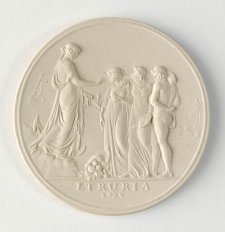
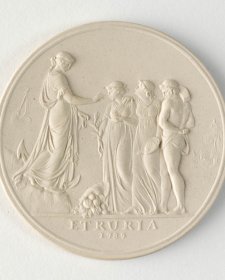
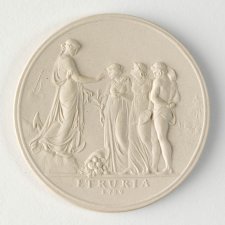
1 January 2015
In recent years I have become fascinated by the so-called Sydney Cove Medallion (1789), a work of art that bridges the 10,000-mile gap between the newly established penal settlement at Port Jackson and the beating heart of Enlightenment England.
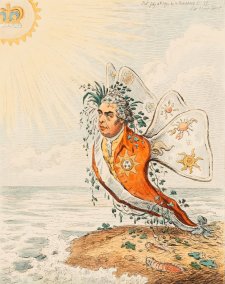
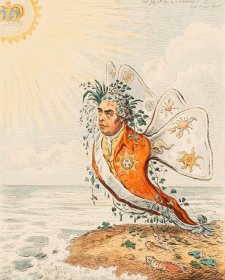
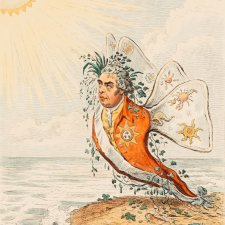
1 September 2014
The caricaturist and engraver James Gillray's biting satires about Sir Joseph Banks.